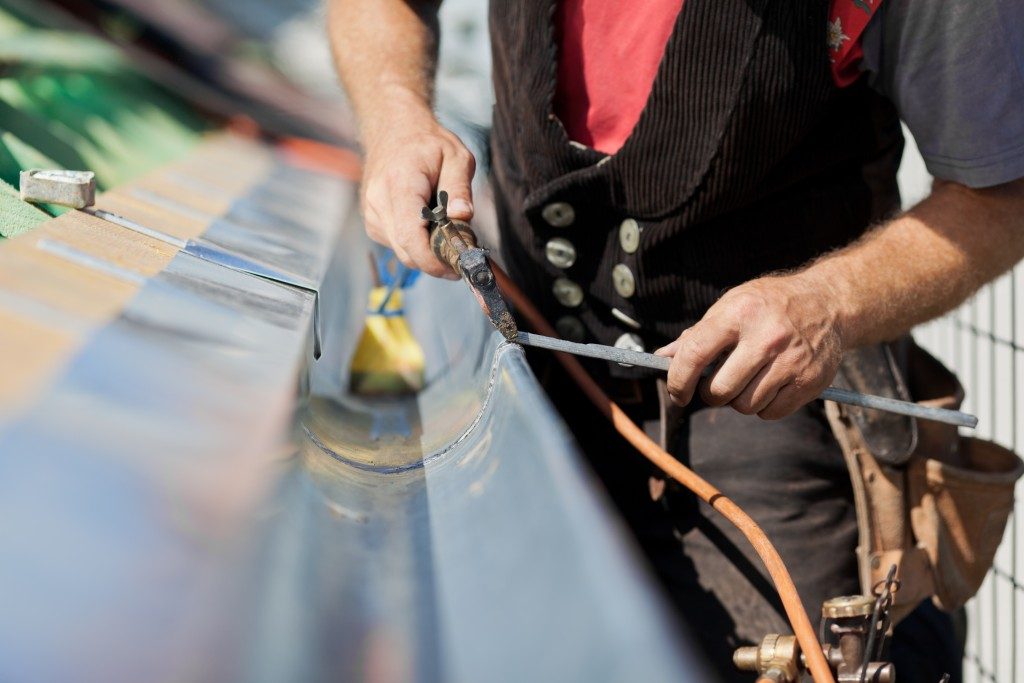Roof gutters have one goal: to channel rainwater sliding off a roof and channel it to a waiting downspout. From here, the downspout delivers it to the ground, where it won’t damage the home’s foundation and landscaping. Most people consider a gutter system as an “install-and-forget” device and, as a consequence, neglect to maintain. Only when it overflows would it get attention again—which is often too late as it already has done enough damage to the structural integrity of your home.
This is why clogged gutters are critical issues that should be addressed right away. This list compiles common rain gutter issues that contractors like McKinney Roofing often encounter and what you need to know about them.
Incorrect Gutter System
Gutters have vital specifications that will dictate whether they’d fit your home or not. These factors include design, material, and other particulars of your location (such as your average rainfall and if there are trees near your home). Consider also the choice of seamed or seamless gutters. Seamless gutters are cut to order, which means each length is customized to suit the range of your roofline. As these pieces feature fewer seams, they reduce the chances of leaks.
This problem also takes into account climatic considerations. Areas that experience heavy rainfall often need heavier-duty gutters, such as reinforced brackets to accommodate high volumes of water. Meanwhile, channels with tree branches hanging over them require gutter protection to shield them from stray leaves and branches. These detritus can clog the gutters.
Improper Pitch
For water to flow into a downspout, gutters also need to be angled so gravity can do its magic. A drain that’s just parallel to a perfectly horizontal roofline only invites standing water, especially if it’s blocked. This can eventually erode the gutter material and even invite pest infestation, such as mosquitoes that will lay their eggs in stagnant water or other insects that scavenge for moist, organic matter.

Clogged Gutters
Clogging is the bane of rain gutter repair specialists not because it’s the hardest but because it’s the most common. Clogging happens when pieces of debris block the downspouts or the gutter channels themselves and keep water from flowing away from your roof. As a result, the water “backs up,” which could find its way into gaps of your roofing or your attic, precipitating leaks. This water can render attic insulation useless, which will only add to your problems in energy efficiency. Otherwise, even if the gutter is sealed tight, the extra weight of the water can also strain the gutter attachments to your fascia and lead to collapse.
Corroded Gutters
A metallic gutter system can corrode, especially if you’ve bought an older home whose gutters haven’t been maintained well. While newer gutters use aluminum or PVC, corrosion might still be present if the gutters are fastened using bolts, screws, or nails, which are not always protected from rust. In commercial buildings that employ bigger, industrial-sized sewers, gutters are often one of the first things to be installed. This is why workers sometimes use them a makeshift passageway or storage area, inviting rust.
Gutters are crucial to any home, even buildings, and it’s a bad idea to neglect them. Giving them proper care, at least once a month and every time a storm passes through your area, goes a long way in preserving all elements of your home.




